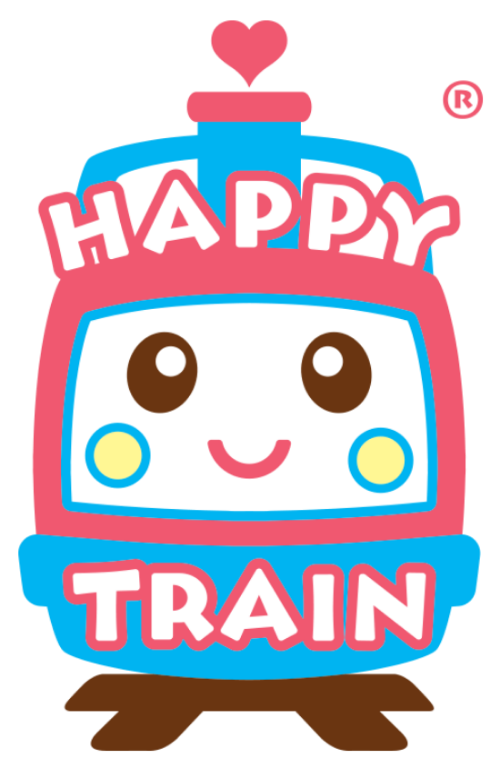Train your Brain in the Right way
A child’s environment during his early years is important and can have a lifelong impact. A child’s first 3 years are especially critical to his brain development. To understand how a child’s brain develops, we need to first understand the “architecture” of the brain, i.e., how the brain is structured.
The brain has 3 major parts, namely the brain stem, the cerebellum, and the cerebrum. In simple terms, the brain stem controls involuntary reflexes, while the cerebellum helps with balance and coordination. The cerebrum, specifically the cerebral cortex, is most involved in higher processes. It manages the most advanced activities, such as memory, learning, planning and decision-making.
Beneath the cerebral cortex lies the limbic system, which is in charge of emotions and responses to stress. The cerebral cortex can be further divided in smaller units called lobes: the occipital lobe, which is linked to vision; the parietal lobe, which is linked to bodily sensations; the temporal lobe, which oversees language and social skills; and lastly the frontal lobe, which deals with memory, abstract thinking, and impulse control. The frontal lobe, more specifically the pre-frontal cortex, is the last part of the brain to mature.
In addition, the hippocampus in the brain aids in memory formation and spatial learning, whereas the hypothalamus is the control centre of certain hormones. Finally, the amygdala controls the flight-or-fight response.
Neurons in the brain “communicate” with one another by passing “messages”. Synapses are the connection points at which these “messages” are passed. In general, these synapses form the basis for learning and memory.
Herein lies the importance of developing your child’s brain at a young age: Synapses are formed at a faster rate from birth till 3 years old. In fact, at about 2 or 3 years old, a child will form twice as many synapses as he will have in adulthood. According to Harvard, during this period, more than 1 million new neuron connections are formed per second.
(https://developingchild.harvard.edu/science/key-concepts/brain-architecture/)
Not only will there be an increase in the density of synapses, these synapses will be strengthened through repeated use. However, this also implies that synapses that are under-utilized will be discarded, or pruned away. In other words, if you don’t use them, you’ll lose them.
During the first 3 years of life, a child’s brain has more plasticity and hence is more malleable. This makes the brain especially responsive to external input and sensory stimulation. The brain is able to capture and absorb information more efficiently. However, the plasticity reduces with age, making it increasingly difficult to alter brain circuits as the child grows older.
The brain is divided symmetrically into left and right hemispheres. The left brain is more “rational”; it is responsible for analytical and logical thinking. It prefers a linear sequence and thus desires order. Subjects like math and language will fall under the purview of the left brain.
On the other hand, the right brain is more “creative”; it is in charge of visualization and imagination. It focuses on the big picture and is capable of processing massive amount of information at high speed. Music and the arts are examples of creative activities managed by the right brain. In children, their right brain actually develops before their left brain. From birth to 3 years of age, a child is right brain-dominant. Thereafter, the child will gradually use his left brain more, causing these right brain functions to become dormant.
In summary, the brain is a highly inter-related and richly coordinated organ. Its multiple functions include social, emotional, physical, cognitive, and linguistic capacities. As parents and teachers, we have to optimize the child’s learning experiences so as to lay the groundwork for his future success.
At Happy Train, our whole brain programme is holistic and helps children develop all areas of their brain. Our comprehensive syllabus covers areas such as flashcards, memory games, IQ games, music, art and craft, language, and math. By strengthening both the left and right hemispheres of the brain through these games, your child will be able to achieve optimal growth which will be beneficial in the long run. Train your child’s brain in the right way at Happy Train!
